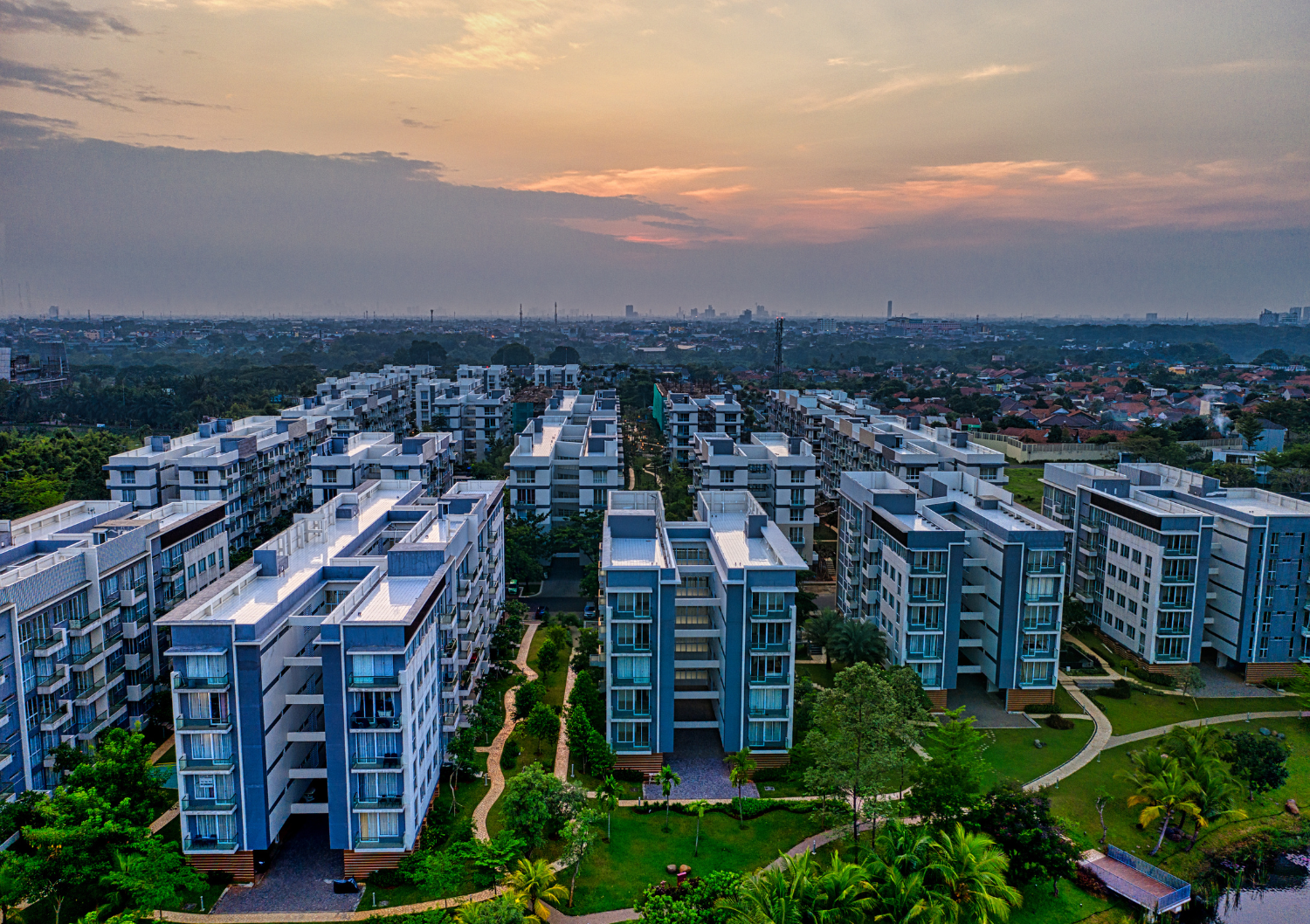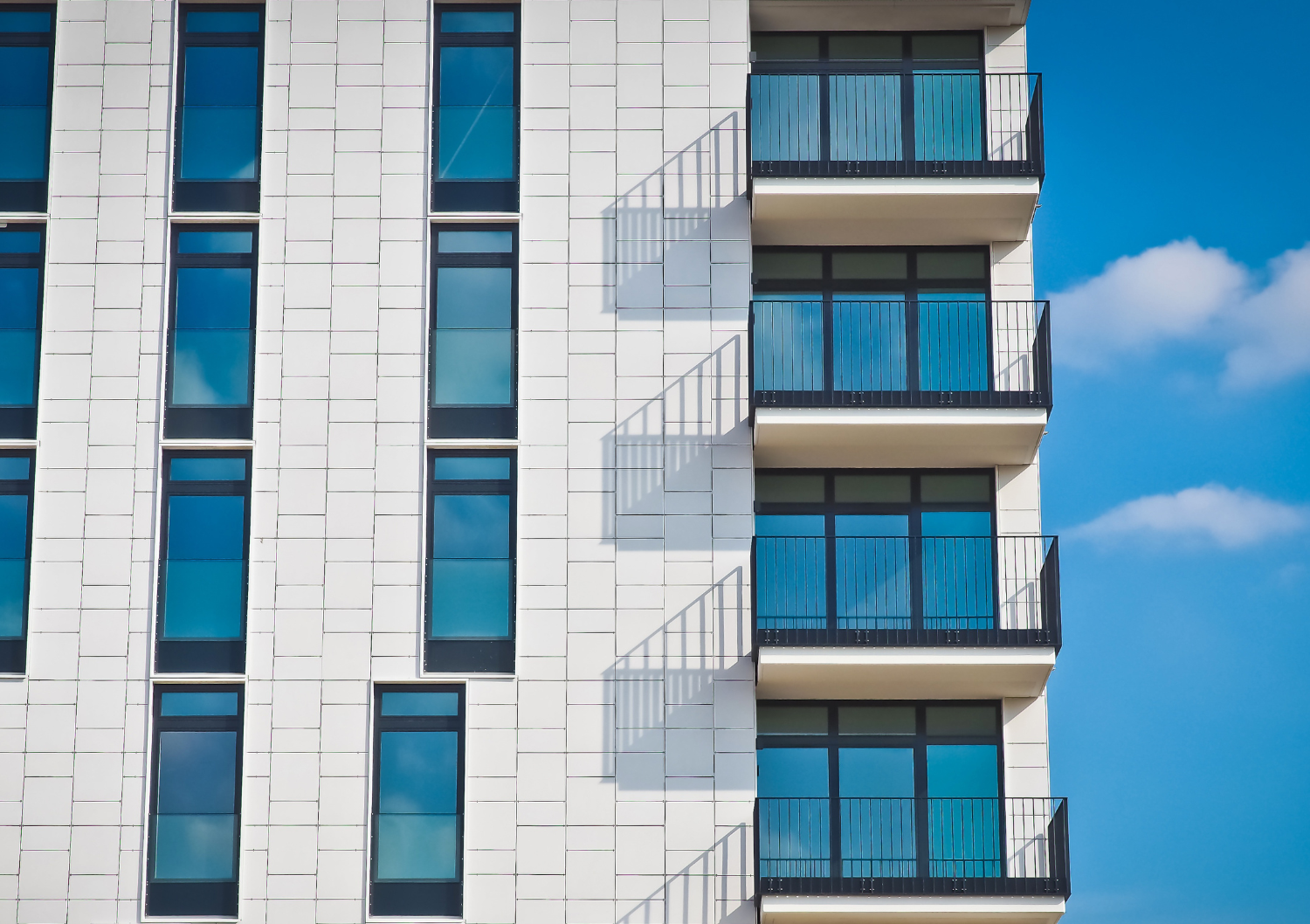With the rise of remote work, many predicted the death of the traditional office. But in 2025, office space isn’t dead—it’s evolving. Companies are rethinking how they use space, and investors are discovering new ways to turn office real estate into profitable, dynamic assets.
🧩 The Shift in Demand
Offices in central business districts (CBDs) are no longer about square footage—they’re about experience. The focus has shifted from large, isolated cubicles to:
- Hybrid-friendly layouts
- Shared amenities (cafés, gyms, green zones)
- Technology-enabled spaces with smart systems
🌐 Global Office Market Overview
- UK: London’s West End is seeing high demand for flexible leases from creative agencies and fintech firms.
- India: Tech cities like Bangalore and Hyderabad are growing their office footprint rapidly for global companies.
- Canada: Toronto’s new builds emphasize sustainability and communal space, drawing ESG-focused tenants.
💼 What Tenants Want in 2025
- Shorter, more flexible lease terms
- Green-certified buildings
- Smart access and energy systems
- Proximity to public transport and lifestyle amenities
📉 Risks to Watch
- Vacancies remain high in outdated buildings without modern amenities.
- Suburban and fringe locations face lower demand unless well connected.
- Companies downsizing may sublease space, adding competition to landlords.
💡 Investment Strategy Tips
✅ Look for buildings that can be repurposed or upgraded
✅ Invest in tech-ready properties with sustainable features
✅ Target niche tenants like co-working brands, startups, and boutique firms
✅ Consider properties near universities or medical hubs, where demand remains steady
🧠 Final Thoughts
Office space in 2025 isn’t dead—it’s just different. As companies seek adaptable, employee-friendly environments, investors who understand this shift will be best positioned to profit. The future of the office is not about size, but function, flexibility, and experience.











